Tires provide traction and cushioning to keep our vehicles' stability while we drive on various terrain. The tire should be an appropriate size for the vehicle -incidentally, tire size also factors into the gas mileage. That's why it's important to know if you can put wider tires on a stock rim. Don't worry! We've researched the answer for you.
You can use tires at least an inch wider than stock rims, considering that most tires are made of rubber and are able to expand. You just need to be careful when choosing the size and type of tires to maintain the good performance of your vehicle. Below are things to look for when switching to wider tires:
- Proportionality of tires and rims
- Quality of tires
- Car make
We aim to teach you the importance of properly sizing tires. We'll discuss why the sizes of tires matter and what they can contribute to the overall performance of a vehicle. We'll delve deeper into the discussion with other related topics, too. Just keep reading!
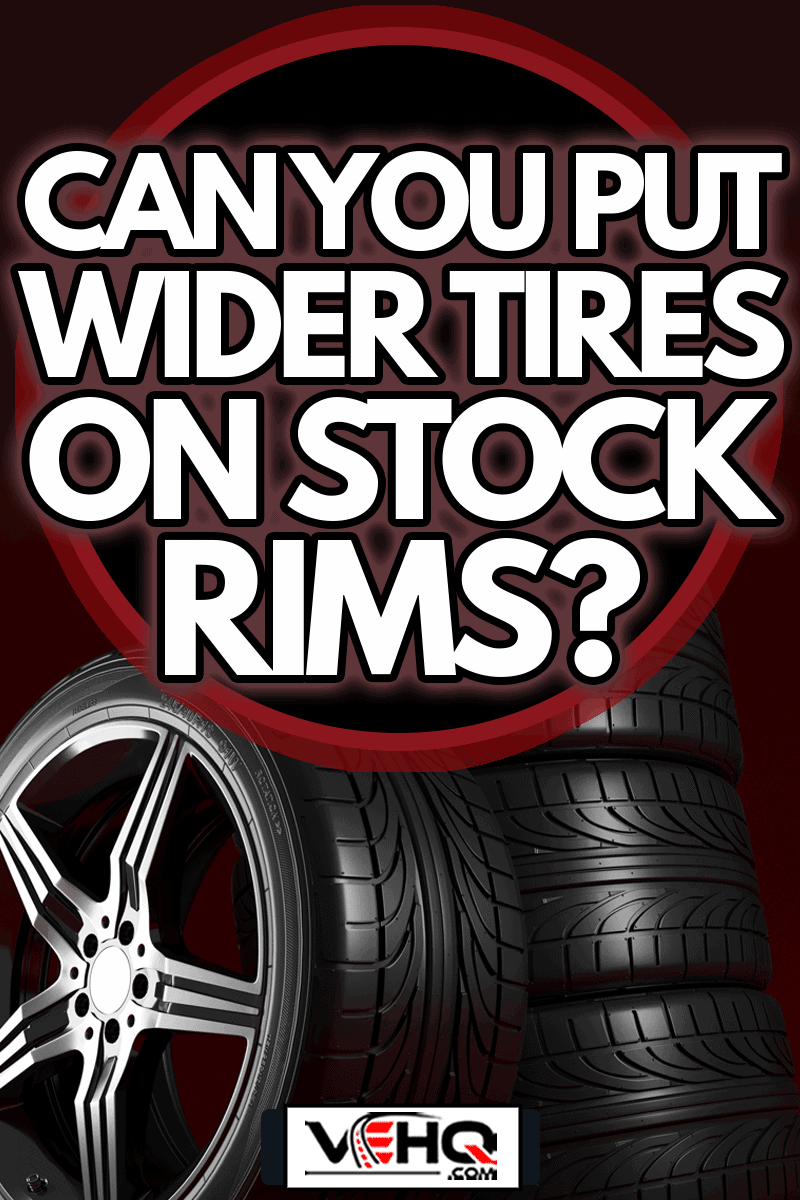
Considerations for Wide Tires
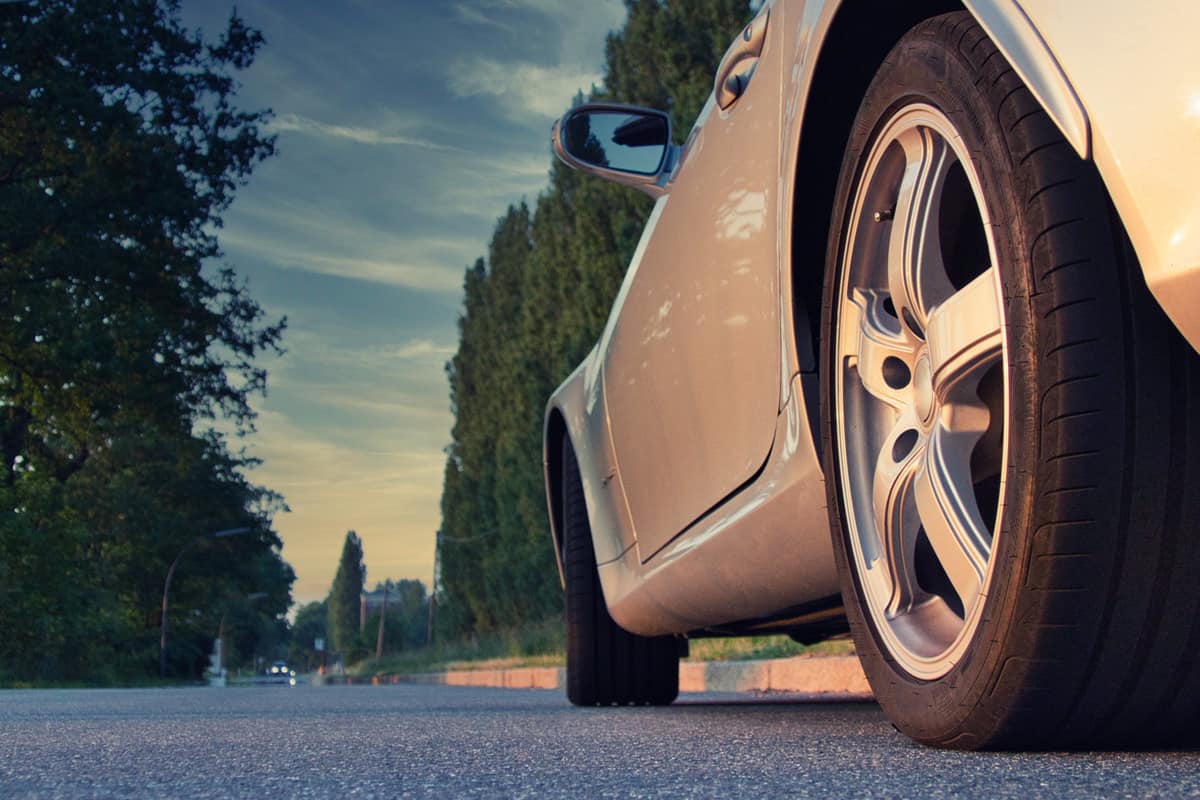
You should understand the effects of changing tires to a bigger size, which can result in either a better or worse driving experience. See below for some things to consider before you switch to wider tires.
1. Tire and Rim Proportionality
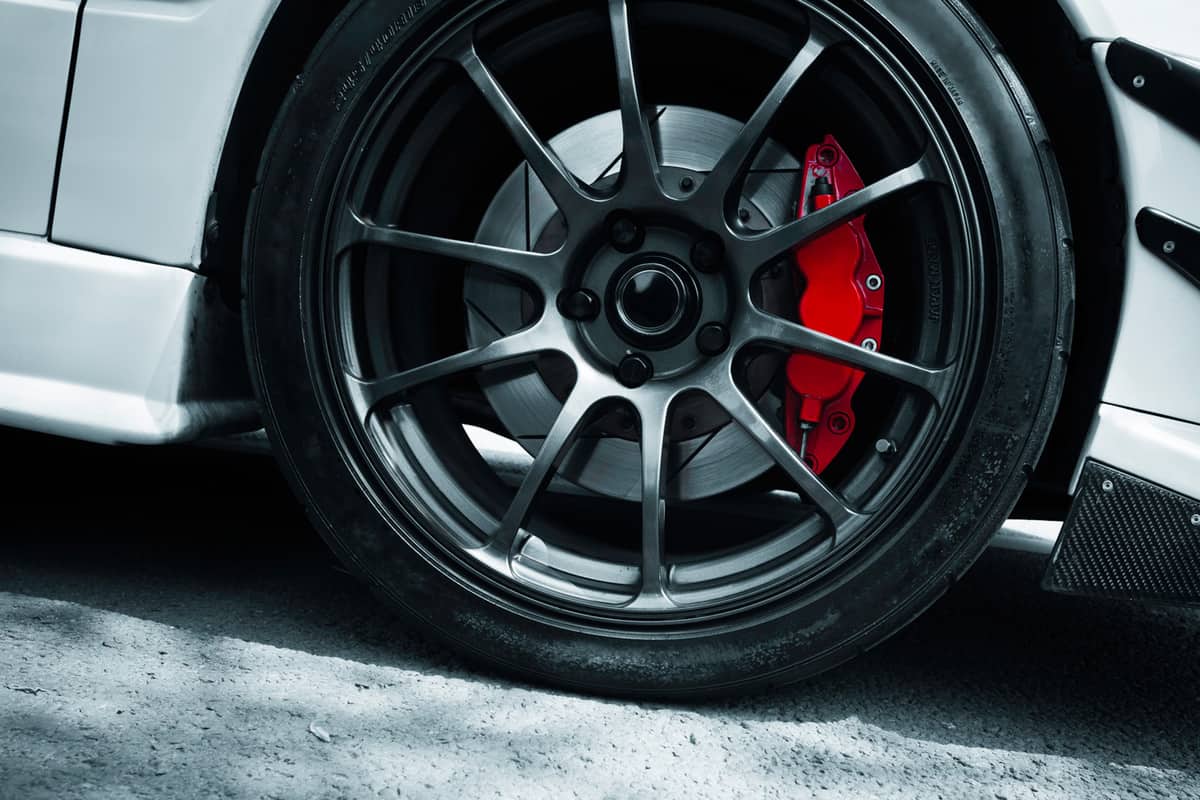
It's logical to choose tires proportionate to, or at least an inch wider than, the size of the rims. Measure and compare the internal diameter of the tires with the external diameter of the rims. Make sure the tires will not protrude outward.
Their measurement will affect the friction of your car. For instance, it's easy to use wider tires in dry areas simply because there's sufficient air volume to support the rotation of tires.
On the other hand, narrower tires with compressed air tend to hold firmer on the rims. This results in the tires being less slippery even on wet surfaces, like when it's raining.
2. Quality of Tires
Aside from sizes, it's practical to know the quality of tires you'll use. This is to assure safety and durability when driving. See below some things to look for in the quality of tires:
Traction
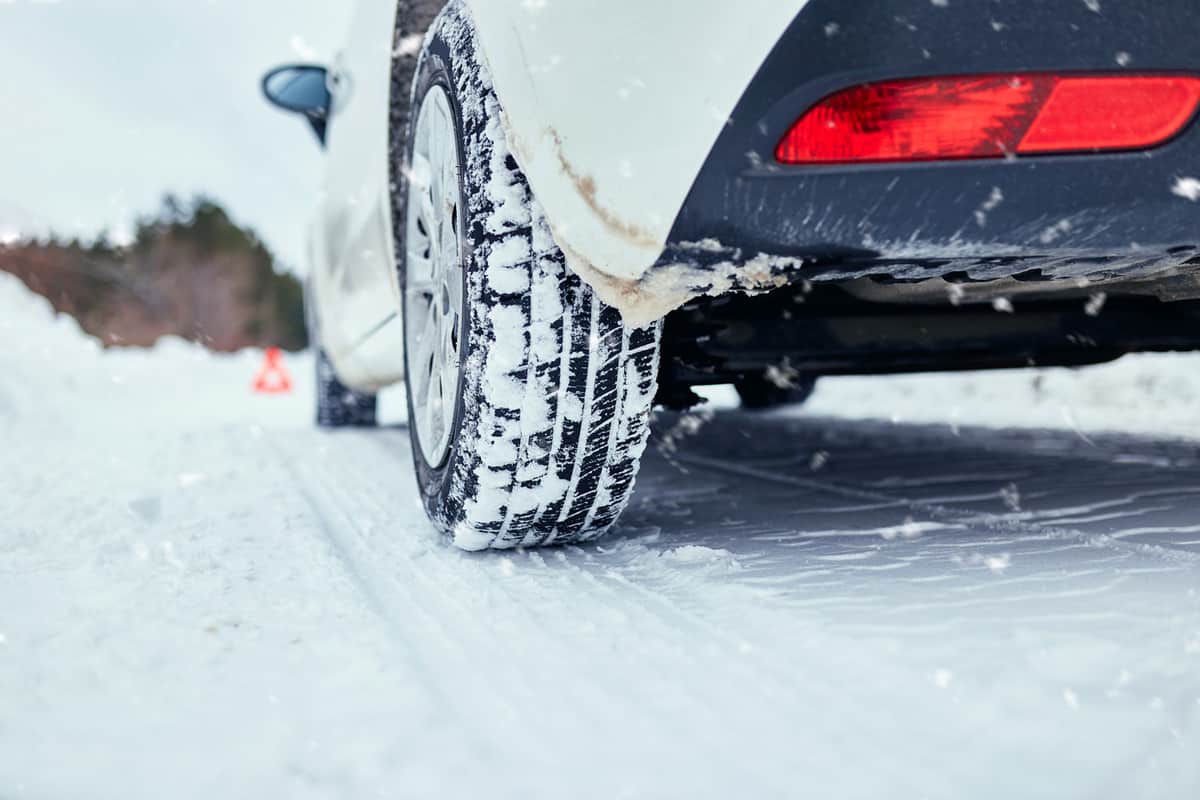
Traction refers to the resistance of tires against the road's surface. Low traction means the tires are smooth when driving, while high traction enables a firmer grip of the tires against the ground.
You can identify the traction by seeing the pattern on the tires. Straight lines and shallow carvings indicate low traction, while protruded patterns and deeper carvings indicate high traction.
To determine your ideal traction type, consider the following:
- Slippery roads like snow, mud, and wet asphalt require high-traction tires to increase the friction.
- Rough roads like sand, rocks, and dry roads need low-traction tires to reduce the friction.
- It's safer to drive on sloped roads, either downhill or uphill, with high-traction tires. This is to prevent the tires from speeding and getting out of control.
- Low-traction tires roll faster, in contrast to high-traction tires that roll slower.
It's important to consider the surface of the roads you'll drive on before you actually drive. However, you may attach a traction strip to increase the traction temporarily.
See this tire strip on Amazon.
Air Capacity
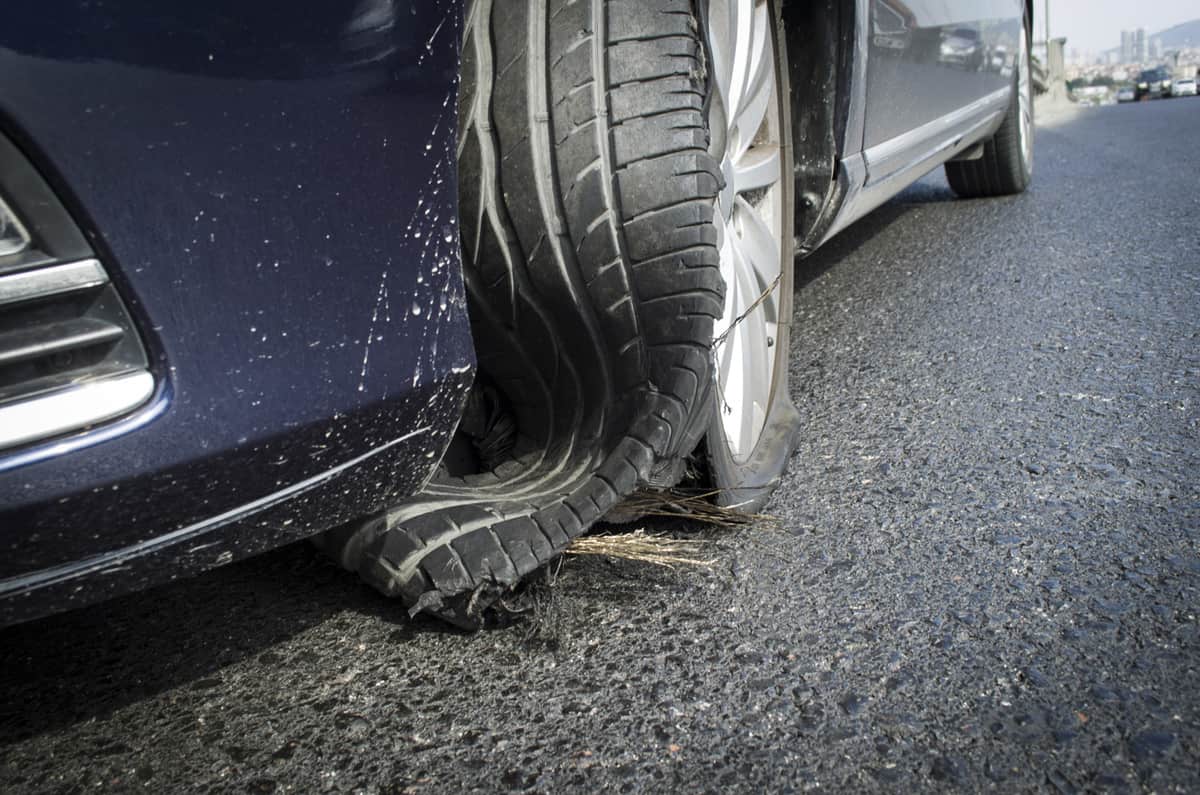
Try pressing the tires to estimate how much air they can hold. Most tires have an average capacity of 32–35 psi. The air helps in tire expansion, which improves the car's motion and speed.
The air volume on tires can affect the crankshaft and torque converter, which are responsible for the car's circular motion. They can get loose if you force them to drive with insufficient air on their tires.
A tire pump gauge will tell you the current psi so that you can add air to your tires if necessary. Make sure to not overinflate; check the psi recommendation located on the tire itself and fill accordingly.
Load Index
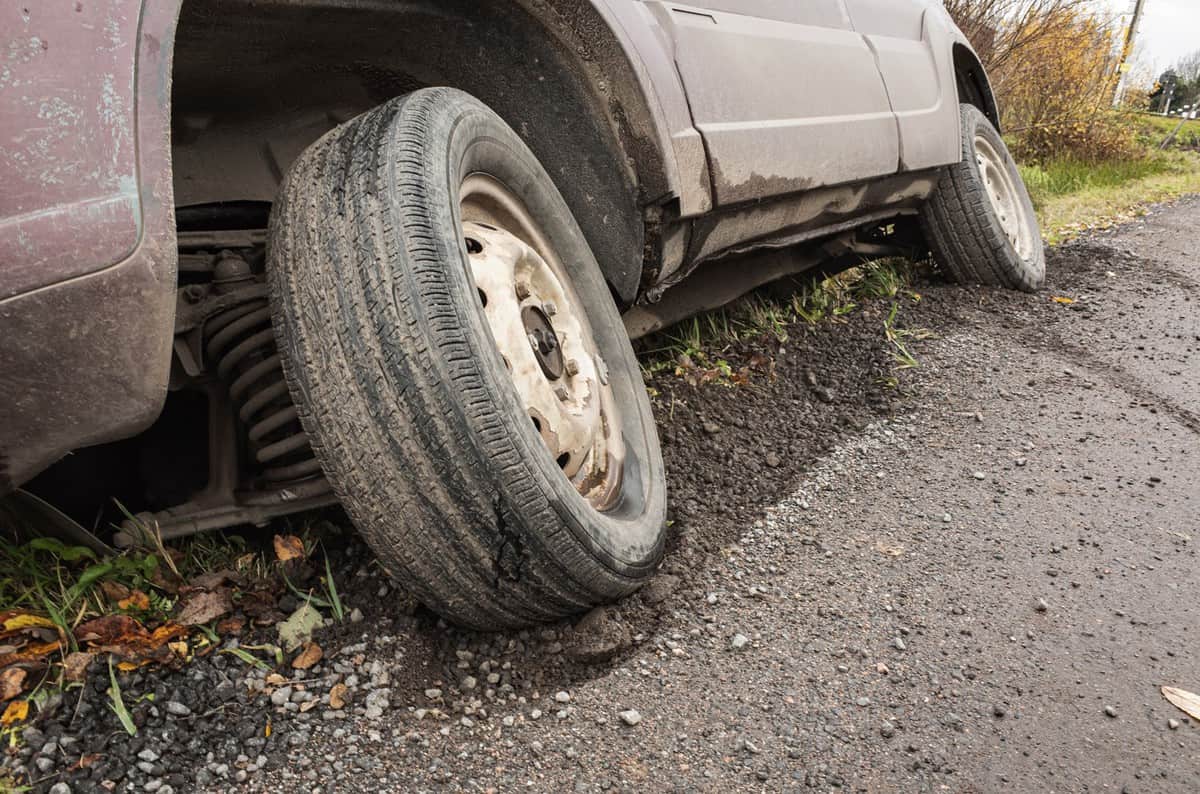
The load index refers to how much weight or load your tires can carry. It's suggested to go below the load index for driving safety.
Aside from slowing down your car, another risk of overloading is the constriction of internal motors. The heaviness can crush tiny parts, like bolts and screws. That's why it's important to consider the load index of tires, as they carry some of the weight of your car.
3. Car Make
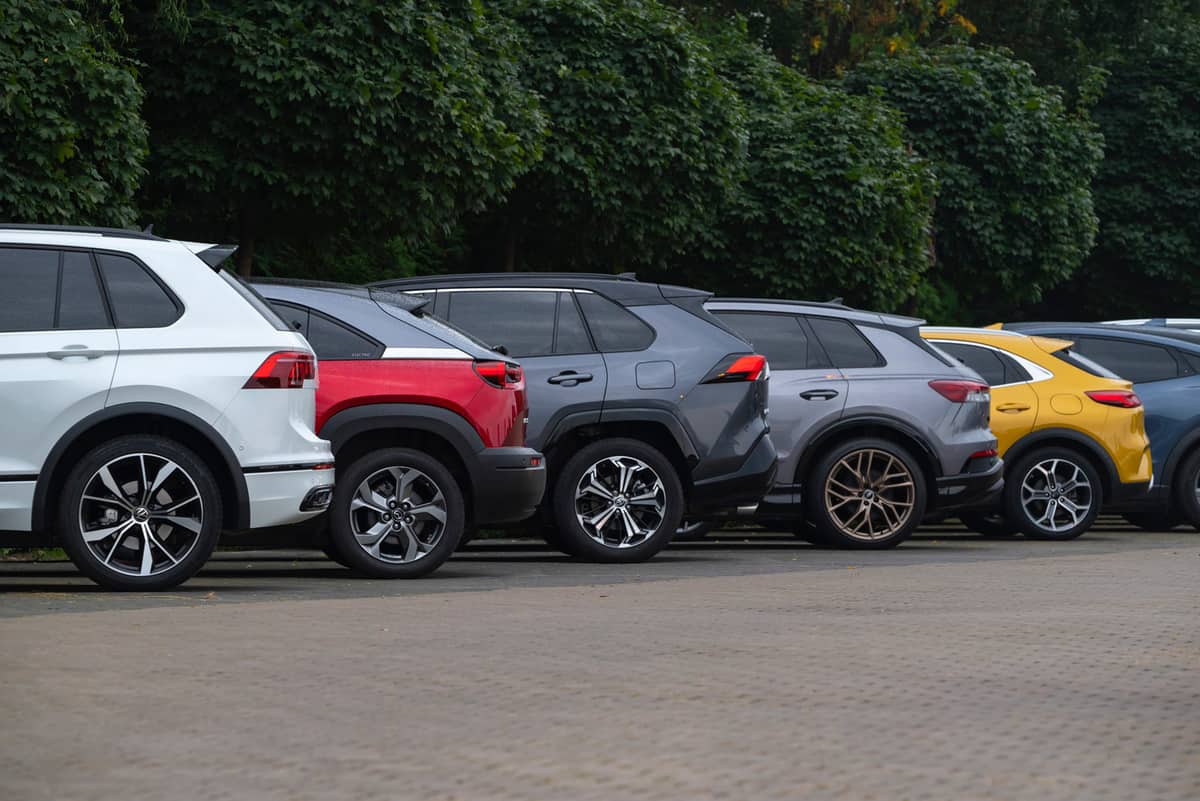
Keep in mind that the tires should depend on the type of car you have. The tires may fit on the rims, but the tires may not survive driving. For instance, you cannot use a truck's tire on a regular 4-wheeler vehicle. Always check for recommended tires you can use instead of insisting on tires that do not fit well.
Different Kinds of Tires
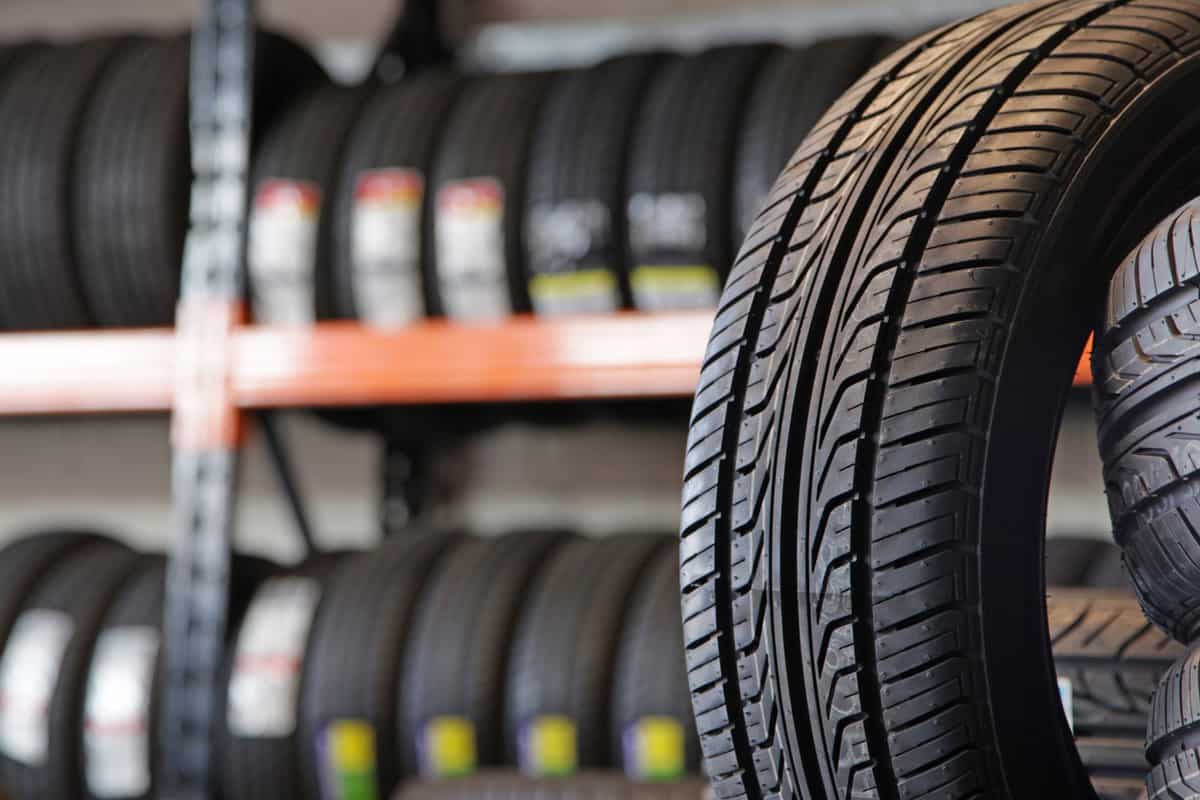
You can not just install wider tires without knowing their properties. Be critical in choosing tires, as they play a big factor in safety. See below the different kinds of tires.
Airless Tires
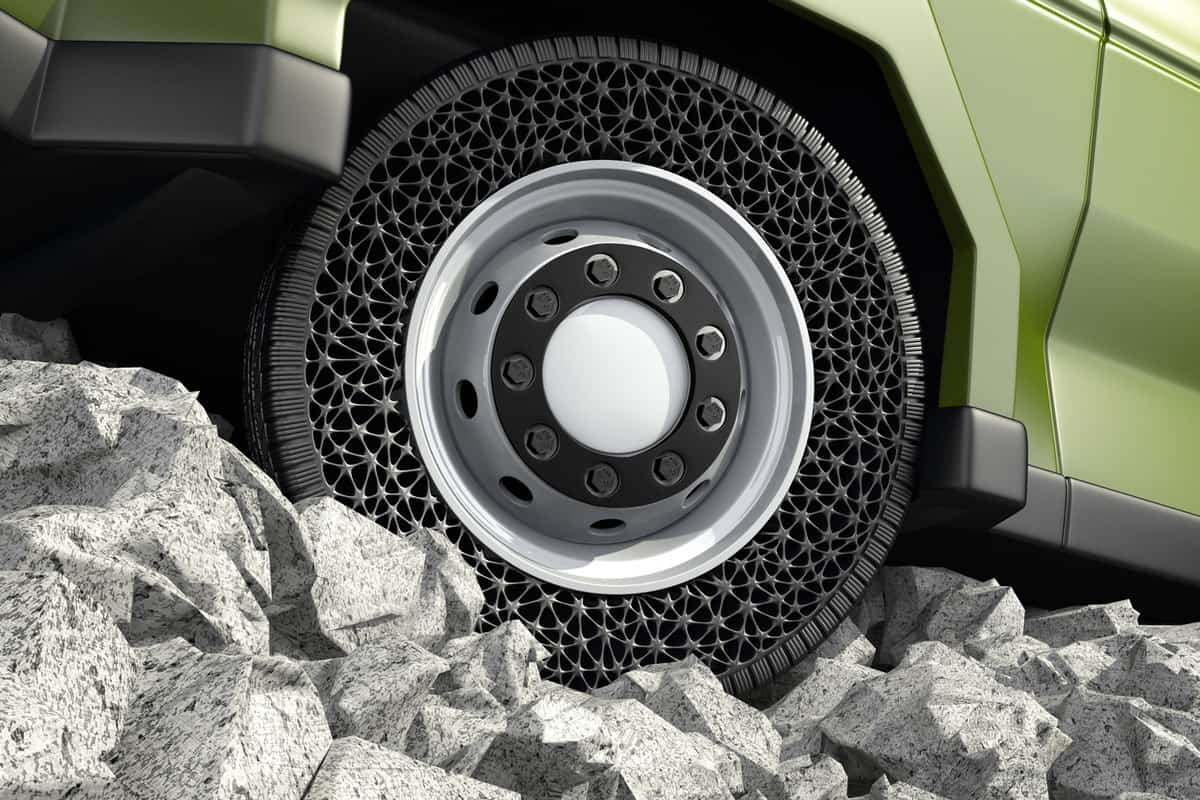
Airless tires might be the newest innovation in the car industry. These tires don't need air and are composed of rubber pillars connecting a smaller diameter along the arc of each tire.
You can see hollows that are meant to disallow any space for the air. Airless tires can roll over different surfaces, like flat or rocky roads.
Although airless tires seem convenient for many road textures, one disadvantage is the reduced load index. These tires may not carry heavy loads due to a lack of support air volume. However, you need to consult your car manufacturer if airless tires are suitable for use.
Peaked Tires
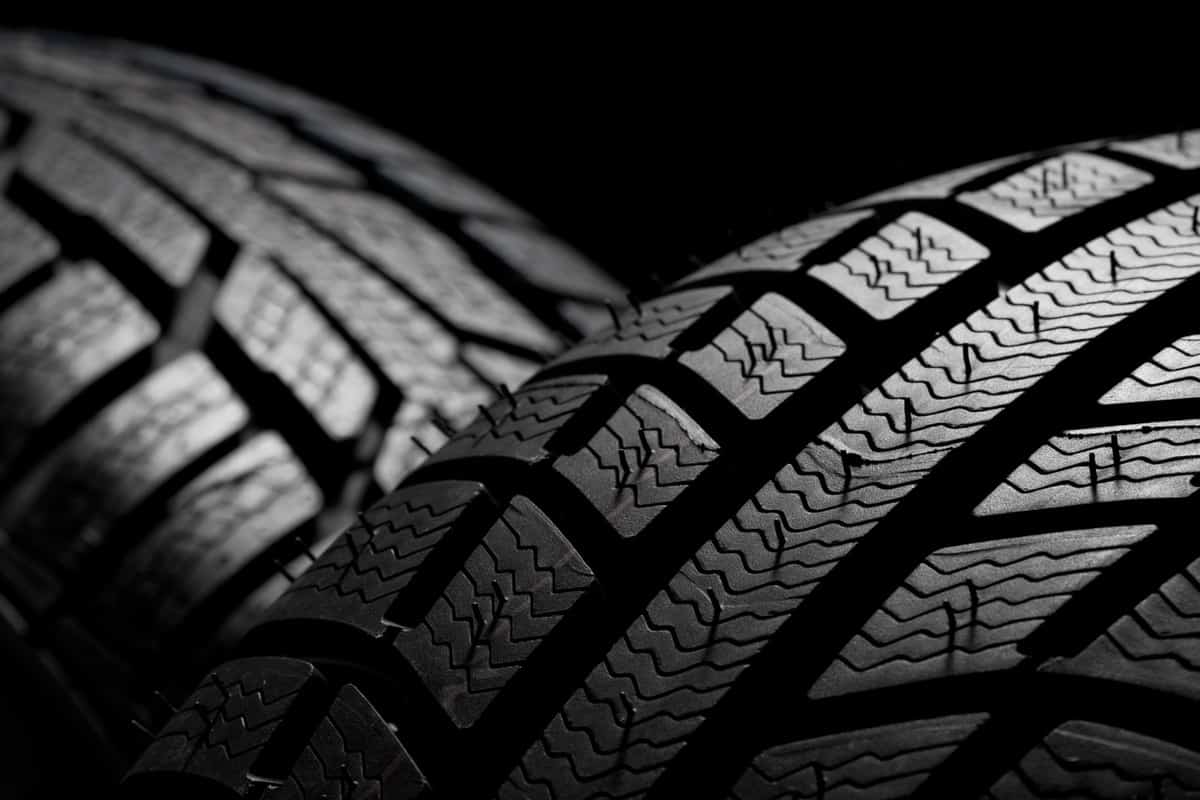
You may notice that most tires have a pattern. These patterns are intended to let the tires roll over peaked slopes. For instance, driving uphill frequently, it's safe to use peaked tires that usually have a protruding pattern for crawling up the surface.
The same thing applies when driving downhill. Peaked tires can reduce speed downhill, and it's easier to stop the car.
Slick Tires
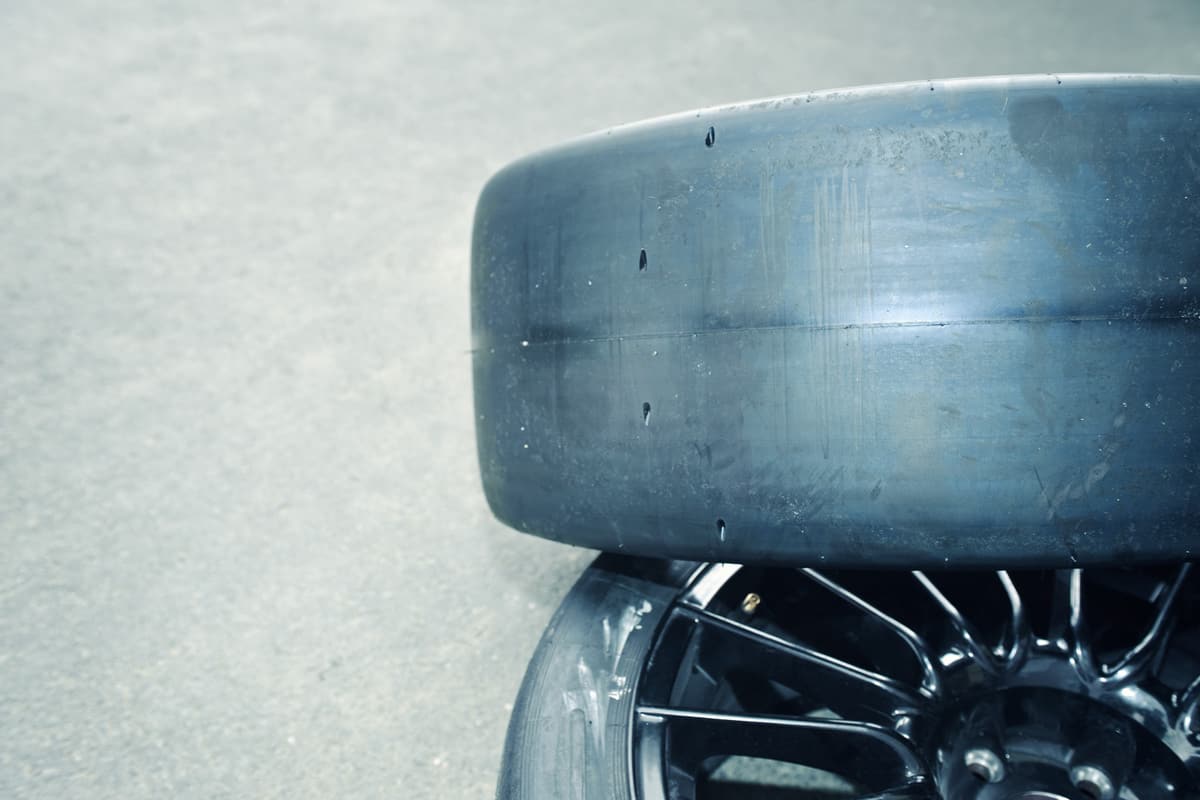
Unlike peaked tires, slick tires don't have patterns. These tires are so smooth that they can increase the speed of driving. As a result, they are difficult to stop. You might need to step off the brake earlier, as the motion can still roll the slick tires for a longer time.
It's not safe to use slick tires both on an uphill and downhill. You'll lose control over the car's speed. However, slick tires are good for sports like racing.
Why Bring a Spare Tire?
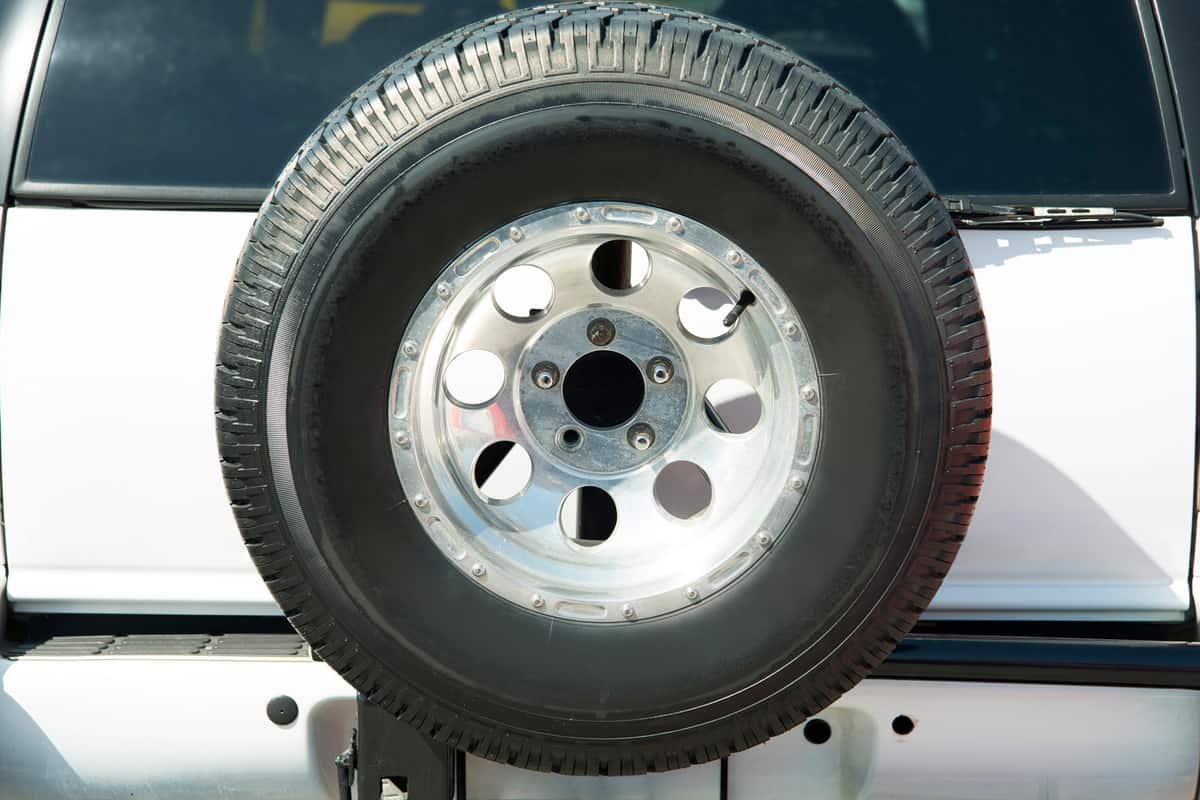
A spare tire refers to an extra tire that is normally on the back of every car. It's wise to have a spare tire, specifically on long rides. You can simply change a flat or bloated tire that affects your driving performance.
How to Change Tires
It's important to learn how to change tires by yourself, especially in cases where a mechanic is out of reach.
Prepare the tools below for changing tires:
Car Jack
It is a metallic tool used to lift up a car. You just have to step on it repeatedly until the tire gets off the ground.
Lug Wrench
You need a lug wrench to remove the faulty tires. Make sure to use the right size for the tire bolts. See this lug wrench on Amazon.
Stopper
The purpose of a stopper is to prevent the tire from rolling. You can buy a stopper, but you may also use a brick or piece of wood. See this wheel stopper on Amazon.
Metal Tube
You need a metal tube to twist the lug wrench easier. See this metal tube on Amazon.
Gloves
Wear gloves to prevent skin irritation. See these gloves on Amazon.
Follow these steps to replace tires:
- Find a flat, safe spot to park. Place a stopper on both the front and back tires.
- Wear gloves, then place the car jack under your car and near the faulty tire.
- Step on the car jack until there's enough space beneath the car.
- Place the lug wrench on the bolts. Insert the metal tube on the end of the lug wrench, then twist until the tire gets loose.
- Install the new tire, then lock it by twisting the lug wrench in the opposite direction.
Conclusion
We've discussed things to know before switching to wider tires and steps to change them yourself. We discussed different types of tires and why it's important to know their differences. We also mentioned that overloading is not a good idea.
Choosing the suitable tires for your car plays a vital role in safe driving. You should realize all of these to continue moving your car towards better performance.
Did you find this article useful? We know you'll also like these:
How To Remove Studs From Tires
How Long Tires Should Last On A Brand New Car?






